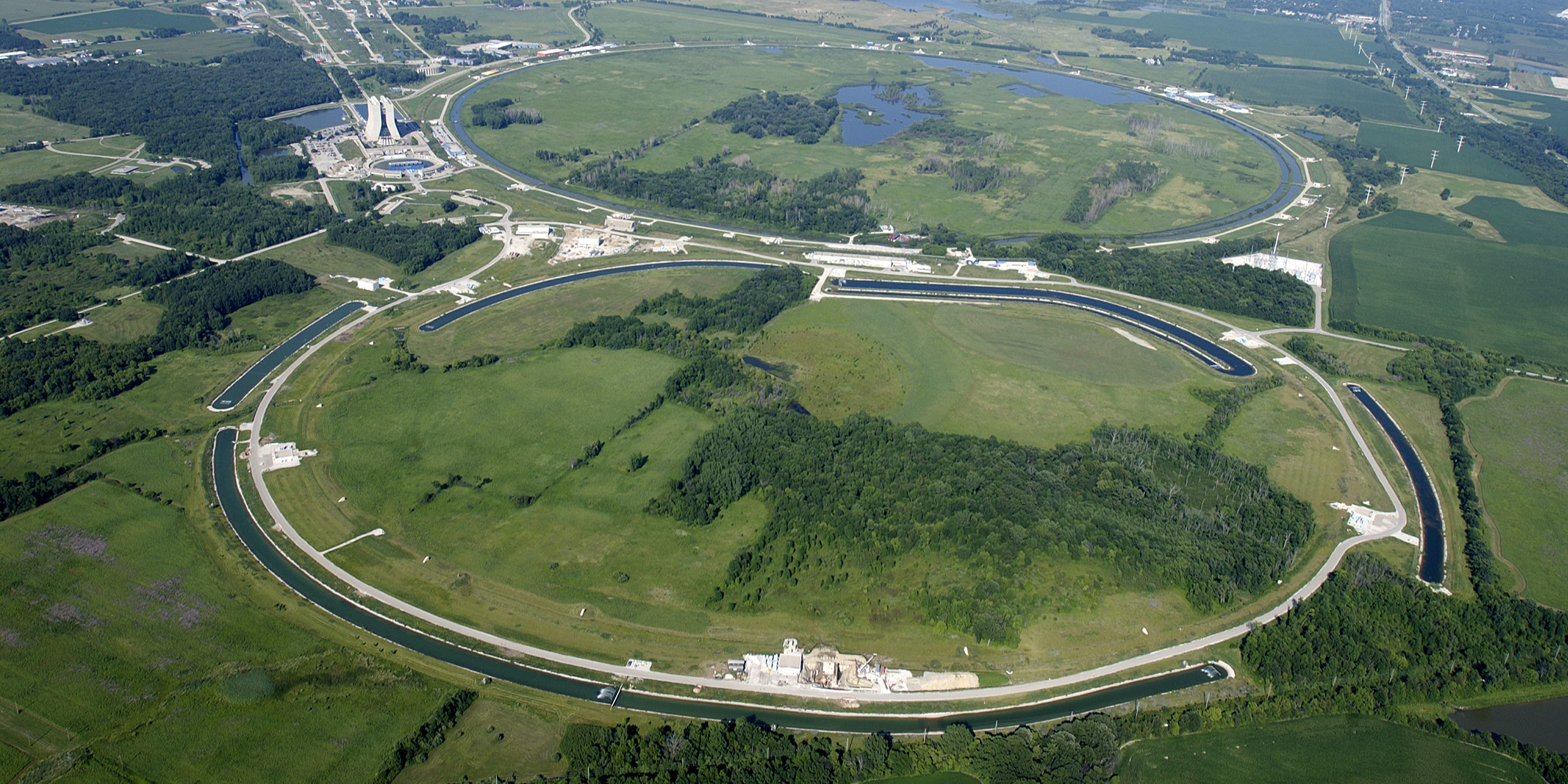Originally published 10 June 1991
Big science costs big bucks. Big bucks can only come from the taxpayer’s pocket. Which means scientists must get in line with everyone else for a piece of the federal pie. And lobby just as hard for their share.
Which leads to a kind of irony: Scientists, who usually pride themselves on the modesty of their claims for truth, become, as lobbyists, the wildest exaggerators.
Consider the following lede to a [1991] story in the New York Times:
“The search for the top quark, an elusive subnuclear particle regarded by high-energy physicists as a kind of Holy Grail, will probably be delayed for years because of financing problems, leading physicists say. The top quark, believed to be a building block of an exotic form of matter, may hold a clue to one of the most puzzling questions in physics: why matter has mass. Unless the quark is found, this line of inquiry is stymied.”
Does this sound familiar? How many times before have you read in the newspaper of scientists (usually physicists) asking the taxpayer for big (very big!) bucks for seeking “the Holy Grail,” or an answer to “the Most Puzzling Question,” or a solution to “the Riddle of the Universe?”
In this case the request is for $177.8 million for an upgrade to the Tevatron particle accelerator at the Fermi National Accelerator Laboratory in Illinois. The House Subcommittee on Energy and Water Development nixed the request, and also cut $100 million from a requested $534 million for the Superconducting Super Collider, an county-sized accelerator to be built in Texas that would be the world’s most powerful. The Super Collider, if built as planned, will cost more than $8 billion dollars.
Necessary exaggeration?
Ok, so perhaps a little exaggeration is necessary. If scientists hemmed their requests with “ifs” and “maybes,” they would soon be last in line. If they said the upgraded Tevatron or Super Collider will take us but one more incremental step toward truth, no one in Congress would listen. But if the new machines promise “the Answer to How the Universe Began” or “the Ultimate Unification of the Laws of Nature,” or a “Grand Theory of Everything,” then, well, they’ve got half a chance.
Unfortunately, science journalists are too quick to print these gushy exaggerations. I’ve read the words “Holy Grail” a dozen times in recent months in as many different contexts, and with never a journalistic demur. Probably no other special interest group seeking government funding has such willing media servants to do their bidding.
On the eve of the launch of the Hubble Space Telescope, a respected science journalist called the instrument “the greatest leap in astronomy technology since the first ‘optik stick’ used by Galileo in 1609,” an appraisal that ignores such developments as spectroscopy, radio telescopes, and planetary space probes. That overly-generous assessment was probably supplied by a scientist with a gloppy finger in the federal pie.
Here’s how a leading astrophysicist was quoted by the same journalist: “I’ll be drunk with excitement. We’ll be looking at things people have never seen before. Who knows what surprises the deity has in store?”
Well, the surprise was that the telescope did not work as planned because of flawed optics, in spite of a $2 billion price tag. Immediately the instrument became an object of derision by comics and op-ed columnists. And no wonder. The danger of too much “drunk-with-excitement” ballyhoo for big science is that public support will shrivel when results do not live up to expectation.
So many Grails
If every increment in scientific knowledge is billed as the Holy Grail, then the taxpayer has the right to ask “why?”
Why, for example, shell out $8 billion for the Superconducting Super Collider?
Supporters of the machine are a powerful lobby. With the help of science journalists they spout tall tales of economic, technological and educational “spinoffs.” To the defense establishment, they hint of new and better weapons. And, of course, the machine will let us understand “How the Universe Began.”
Now, it so happens that I am in favor of building the Super Collider (provided it is done as a truly international collaboration; high energy physics has become too expensive for competition), but as a taxpayer I would expect something more from science journalists than “wow” and “golly.” What is required is thoughtful analysis of the costs and benefits of the Super Collider within the context of the competing needs of society and science.
Right now, it’s the top quark that physicists want to look for, a subatomic particle that hasn’t existed in the universe since a tiny fraction of a second after the Big Bang (if it existed at all) and which holds the key to verifying a popular theory of matter. The top quark may be the current Holy Grail of high energy physicists, but it is not necessarily the Holy Grail of other scientists, or of the taxpayer. Eight-billion dollars is a hefty price tag for a little bit of almost nothing, which, if found, may point to a further little bit of almost nothing.
Yes, there’s a reason for looking for the top quark, but it has nothing to do with economic or technological spinoffs or building better weapons. The reason is intellectual and philosophical, some would even say theological. Science journalists must look behind the scientists’ breathless blurbs and help us understand if the price tag is worth it.



